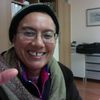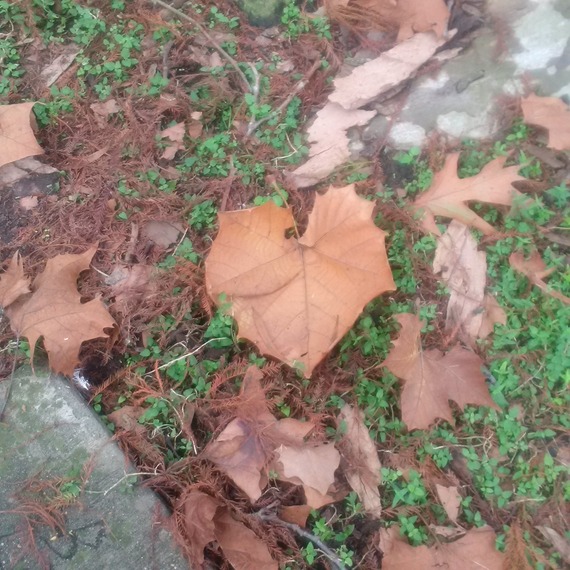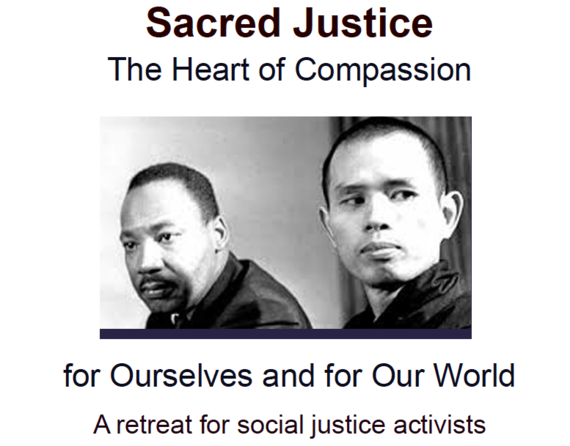We are in a critical time in society. It's not that we are having greater incidences of racial injustice. It's simply that we are having greater incidences of public recording of racial injustice. While this critical time is difficult, chaotic and can be painful to many, it is also an opportunity for us to change the ways we have been living unjustly and out of balance. Activists on college campuses are demanding racial equity in force. Will the leadership on every college campus rise to this challenge and provide clear policy and implementation plans to address racial injustice on campuses? As for the unfair use of police violence against black and brown males and females-children and adults alike- every officer suspected of violation must be offered a fair trial. For this to occur, racially unbiased juries and judges are required. Is this possible? The chronic unfair dis-investment in black and brown communities-in housing, education, health, recreation, employment, transportation, criminal justice- is being revealed in greater detail. These disinvested communities are the ones showing the highest rates of unemployment, poverty, poor health indicators, housing abandonment, mass incarceration, crime and so on. A systematic analysis and funded plan of how to re-invest and bring communities back to balance is necessary. This requires an overwhelming change in political will and action.
Frederick Douglass said:
"Power concedes nothing without a demand. It never did and it never will."
This holds true more than 50 years later as we organize movements and demand changes. Addressing these structural processes that perpetuate racial injustice is one form of activism and healing. Another is the process of healing our personal and collective pain of racial injustice. This too must be systematic, consistent, patient and compassionate. Becoming aware of our feelings and where in our body we hold our pain when we are faced with these injustices is a good place to begin identifying how we personally have been traumatized by this history. To become aware, mindful of this, we can stop, become still and calm and look deeply. When there is stillness there is the opportunity to see what is happening in front of us more clearly, and what is inside of us as well. Once we recognize the painful feelings we have we can begin to heal their effects inside of us.
The practice of mindfulness of feelings, a foundational Buddhist practice, suggests that there are either pleasant, unpleasant or neutral feelings occurring in us in response to any stimulation. Some teachers, like Zen Master Thich Nhat Hanh, suggests that neutral feelings are the unawareness of a pleasant feeling-or perhaps an unpleasant feeling. For example, several weeks ago our social activists mindfulness group in Baltimore gathered for our Saturday afternoon practice. [We meet on the third floor of St. Wenceslaus Hall in East Baltimore.] That day there was a program for neighborhood kids in the hall downstairs. During our sitting meditation, the music was blasting and we could feel the base vibrate the floor beneath us. When the music stopped for several minutes, there was calm and peace. At that moment I realized how pleasant the other times of sitting were, when there was no music blaring, like this quiet moment I was experiencing between songs. Each previous gathering I would take for granted the quiet we usually experienced; neither a pleasant or unpleasant feeling, just neutral. One month later as we sat together again, there was no music blaring and I reflected on the pleasantness of the quiet and wondered how long before I would take the relative silence for granted again. How long before I forgot again? What would keep me from forgetting?
Stopping, being still, allows for this reflection of our feelings in daily life. Stopping allows us to begin to recognize the places in our body that hold tension when, as people of color, we hear a siren, or walk into a restaurant, a subway, a classroom, a workplace with all white people. The automatic triggering from a history of racially motivated bias -- both implicit and explicit -- is traumatic to the body and mind. This pain requires healing in both our body and mind-because the body and mind bear the burden of this history of racism. These everyday occurrences require everyday attention,healing, which is a form of activism. In fact, it may be a more radical activism, this stopping so as to recognize and transform neutral and painful feelings into pleasant feelings. This is activism that we can engage in as energetically as we engage in systematic reform through protests in sit-ins, lobbying, writing and speaking. It is this personal act of self love that will help us to manifest peace and clarity in our social spaces of activism.
Healing racism in the body and mind is also critical for our brothers and sisters with the socially constructed privilege of being white-skinned. Perpetuating racial discrimination requires one to separate and create a hierarchy based on skin color. This separation of "us" and "them" - enacted through thinking, speaking, acting - does not only diminish our shared humanity. Such implicit and explicit racial bias comes from a mind and heart which consciously or unconsciously accepts racial superiority. Whether conscious or not, the heart must harden itself to justify this socially constructed norm of discrimination and hatred, against its sister or brother. Such a body lives in antithesis, out of balance, with nature. Stopping, becoming aware, allows one to feel the unpleasantness of this hardened heart and separated body. Breathing mindfully we can recognize this feeling that may have previously been accepted as neutral. Removing this shell of indifference and separation- so the body and mind can find its way back to balance- is radical activism. This radical act of self love is a radical act of justice inside. A body filled with love, embodied justice, can only offer out what is inside: love, connection, brotherhood, sisterhood. This is a path toward ending racial injustice.
Healing racism and its divisive and traumatic imprints in our bodies is an opportunity to build trust in our bodies and mind, for all of us. The healed body and mind can begin to re-connect the tendrils of separation between "us" and "them."
How do we begin to notice the way we hold this trauma, racism and racial separation inside? How do we become aware of the way we may distract ourselves from this pain when we notice it? And how do we begin to notice when this pain and traumatic injury may spill over onto those near us because we are so full of pain; full of pain we have not taken the time to heal? Standing up for justice, to bring balance to unjust systems and structures, organizing and protesting in the streets requires courage and strength. Courage and strength is also required to stop long enough to bring balance to the injustice in our bodies and mind, to heal and to become whole. In his book Strength to Love Dr. King spoke about the strength to love not only our enemies, but also ourselves. Slowing down, becoming aware of our breath coming in and out, or our steps as we place one foot on the ground, then the other, are practices that allow us to come back to the present moment to identify what is happening inside of us, and to transform unpleasant and neutral feelings into pleasant ones. Racial justice is healing our bodies and minds and is part of our sacred activism, our journey to wholeness and balance individually and collectively.
In the new year, an opportunity to practice together, stopping and looking deeply into activism for sacred justice is available over Dr. King's weekend, January 15-18th, at Blue Cliff Monastery. Join us!


